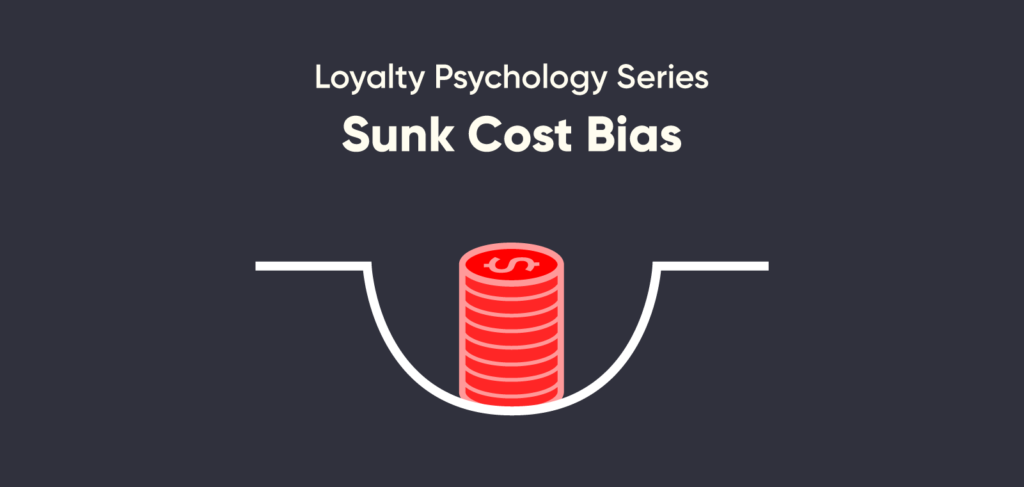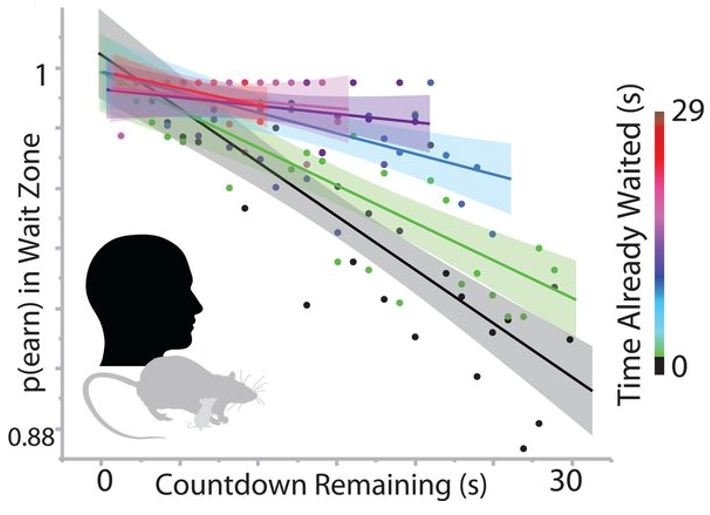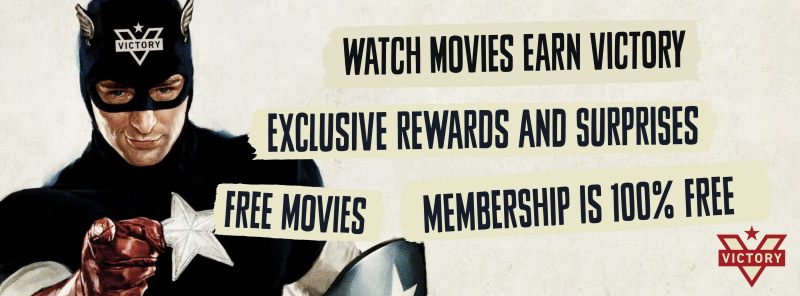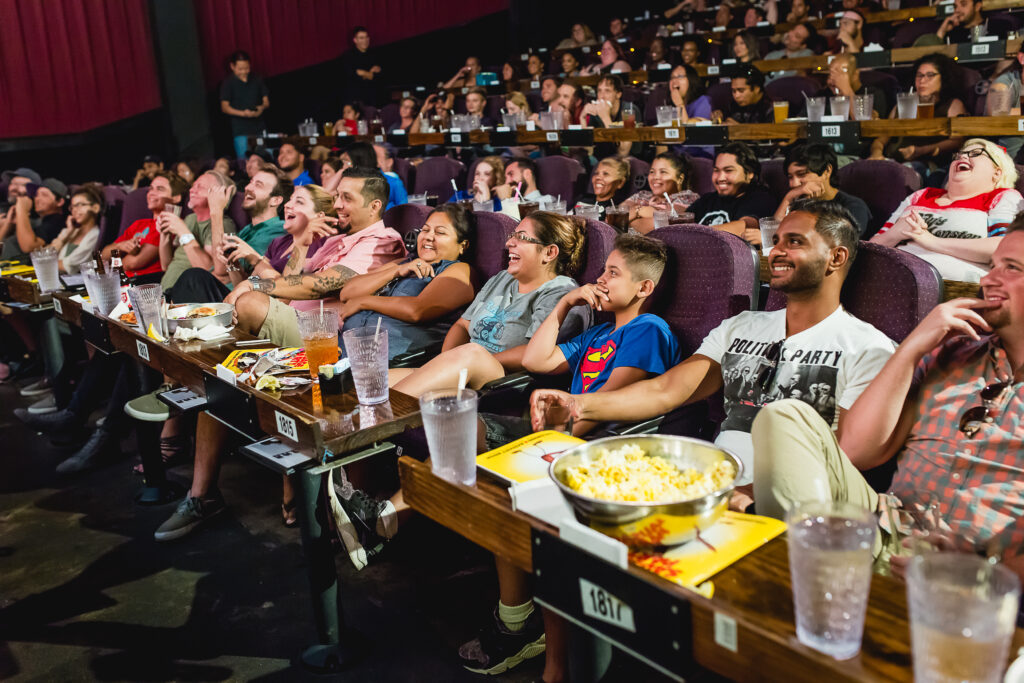
Why are we likely to continue something we’ve invested time, money or effort in, even if it would be rational to give it up?
Because of the sunk cost effect, which is defined as a greater tendency to continue an endeavour once an investment has been made —whether it is time, money or effort, and whether the current costs outweigh the benefits.
For loyalty program operators and strategists, understanding the sunk cost effect helps uncover consumer insights that can be leveraged to drive customer engagement with a brand.
Sunk cost effect
The sunk cost effect was identified by Arkes and Blumer in 1985 [1], they identified the sunk cost effect as a greater tendency to continue an endeavour once an investment in money, effort or time has been made. They conducted a field study where customers who had initially paid more for a season subscription to a theatre series attended more plays during the next six months, presumably because of their higher sunk cost in the season tickets.

Interestingly, researchers have identified that rats, mice and humans are all sensitive to sunk costs after they have made the decision to pursue a reward. They suggested this indicates the sensitivity to temporal sunk costs lies in a vulnerability distinct from deliberation processes, and that this distinction is present across species. Sweis et al (2018) [2]
Sunk cost effect and loyalty programs
Any subscription-based loyalty program is a great example of how retrospective costs (another way to call sunk costs) influence positive consumer behaviour.
For instance, the Alamo Drafthouse Cinema, an American cinema chain which is famous for its unique eclectic repertoire, and for serving dinner and drinks during the movie, offers filmgoers a subscription program called Alamo Season Pass.
The subscription allows program members to see one movie a day for a monthly fee.

In addition to the Season Pass, the Alamo Drafthouse Victory Rewards is available for all movie lovers. This free membership offers benefits such as free tickets or free pizza and beer based on how often a member sees movies at the theatre. The more visits, the more benefits and Season Pass attendance counts towards Victory Rewards.

The Alamo Drafthouse loyalty strategy is focused on rewarding repeat customers and driving traffic to their theatres with efficient rewards (small to no cost to the company), but most importantly the result is a great deal for film enthusiasts. Members can take advantage of the Season Pass and Victory Rewards and save tons on ticket prices, access free surprise screenings, birthday tickets, beers, milkshakes, popcorn, advance screenings and more.
Someone who buys a Season Pass does so because they love films or love going to the movies. They see their subscription as an investment and considering the benefits members unlock, the pass yields a lot of value, so subscription members wouldn’t like their investment going to waste. They would try to make the most of it and visit the Drafthouse more often.

Ashley et al (2015) [3] identified another sunk cost effect in subscription loyalty programs. Their study demonstrated consumers who pay a fee to participate in a loyalty program have more favourable attitudes and more positive evaluations of value for the money and benefits than non-paying members.
Sunk cost, loyalty and considerations
The field study from Arkes and Blumer saw that underpinning the sunk cost effect was the occurrence of a psychological justification for not to appear wasteful. The positive effect of this is that people are motivated to continue with an endeavour, however, on the other hand, there are also negative consequences.
Whilst the sunk cost effect can provide benefits for subscription-based loyalty program operators, it is important to also manage the issue of ‘subscription guilt’. For Love or Money, 2019 [4] explores this reality, revealing that 30 per cent of members who participate in loyalty programs with a subscription have ‘felt guilty for not using or accessing enough of the benefits offered through that subscription’.
Sunk costs are deemed a fallacy. This is because they are irrecoverable investments already made that should not influence decisions, which should be made on the basis of expected future consequences.
Sunk cost effect summary
The sunk cost effect is part of consumer psychology, resulting in a greater tendency to continue with an endeavour once they’ve invested in it, whether it is time, money or effort.
The psychological justification for this behaviour is predicated on the desire not to appear wasteful. This aspect of the sunk cost effect suggests that integrating some kind of costs into an offering, such as a subscription service, can encourage a customer to stick with it.
However, incentivising commitment through costs can also result in guilt since the same sunk cost motivation may convince consumers to commit to a failing course of action.
Hence, thinking through and analysing how to tap into the sunk cost effect can increase customer engagement and subsequent positive results for a brand.
[1] Arkes, H. R. & Blumer, C., 1985, ‘The psychology of sunk cost’, Organizational Behavior and Human Decision Processes, Vol 35, pp124-140.
[2] Sweis, B. M., Abram, S. V.,Schmidt, B. J., Seeland, K. D., MacDonald III, A.W., Thomas, M. J. & Redish, A. D., 2018, ‘Sensitivity to ”sunk costs” in mice, rats, and humans’, Science (New York, N.Y.), pp178-181.
[3] Ashley, C., Gillespie, E. A. & Noble, S. M., 2015, ‘The effect of loyalty program fees on program perceptions and engagement’, Journal of Business Research, Vol 69, Iss 2, https://digitalcommons.uri.edu/cgi/viewcontent.cgi?article=1051&context=cba_facpubs, accessed 26 April 2020.
[4] The Point of Loyalty, ‘For Love Or Money 2019’, https://thepointofloyalty.com.au/subscription-guilt-myth-or-reality/, accessed 5 May 2020.

